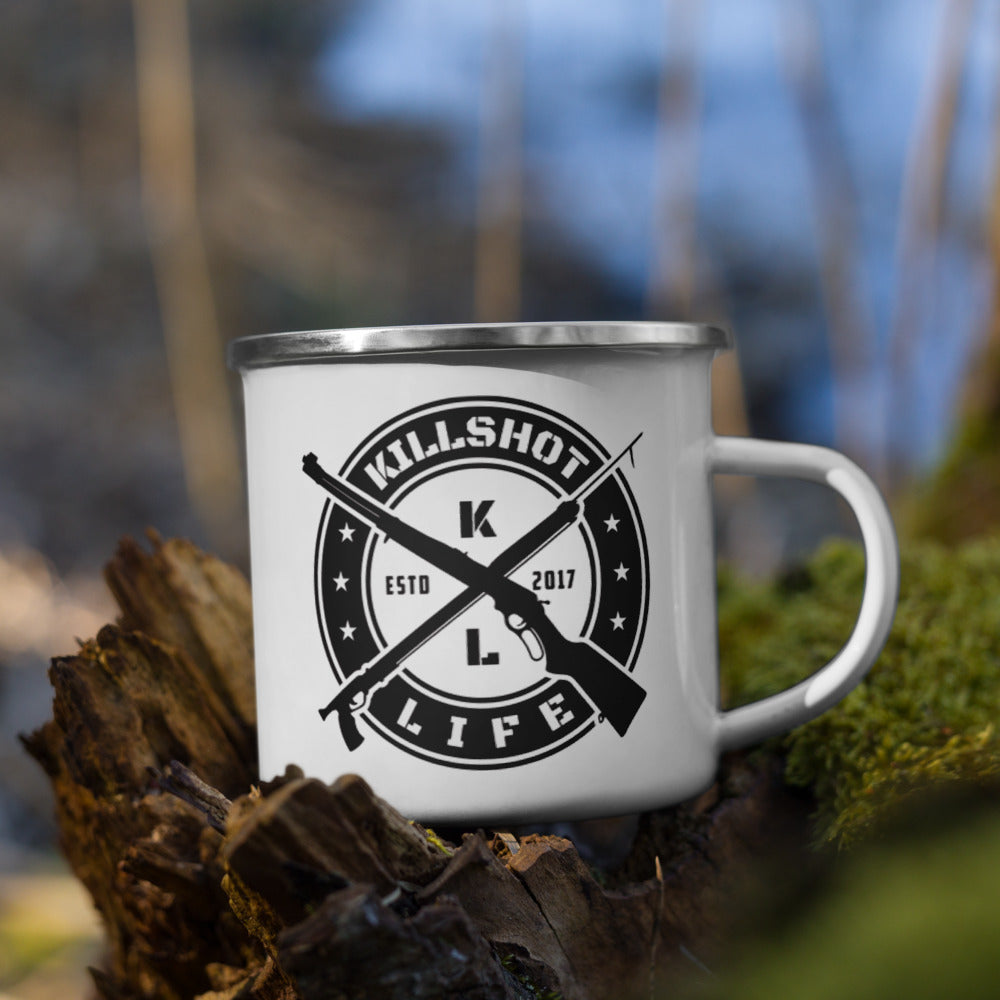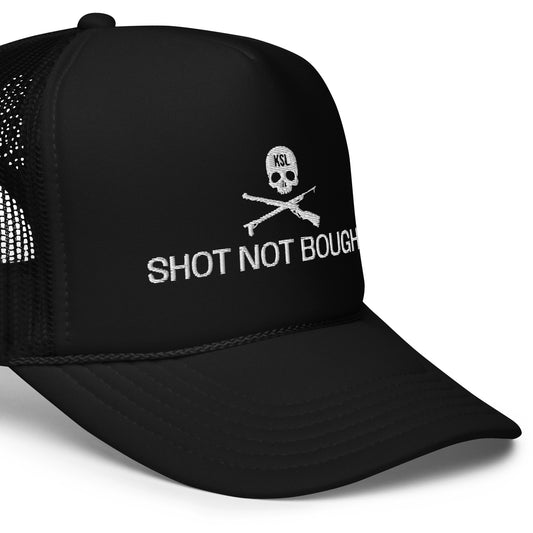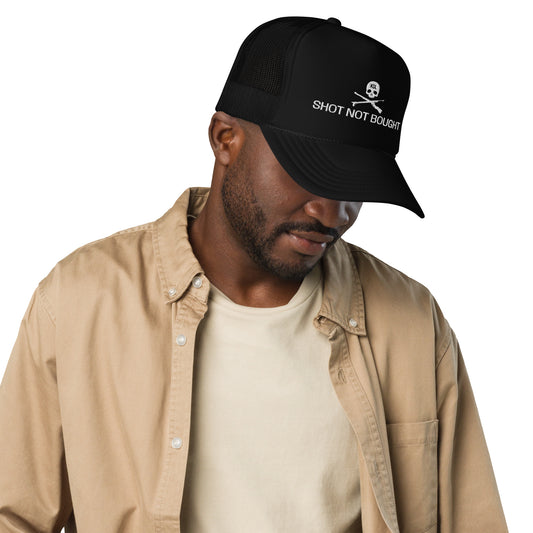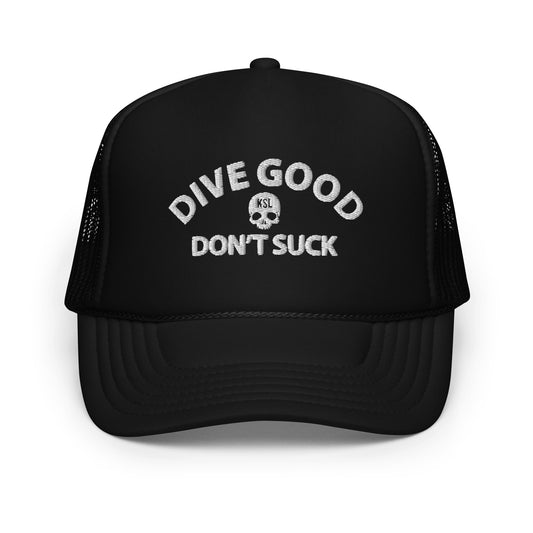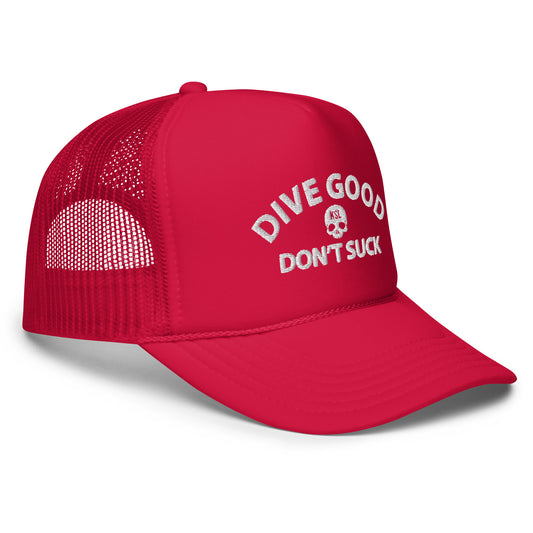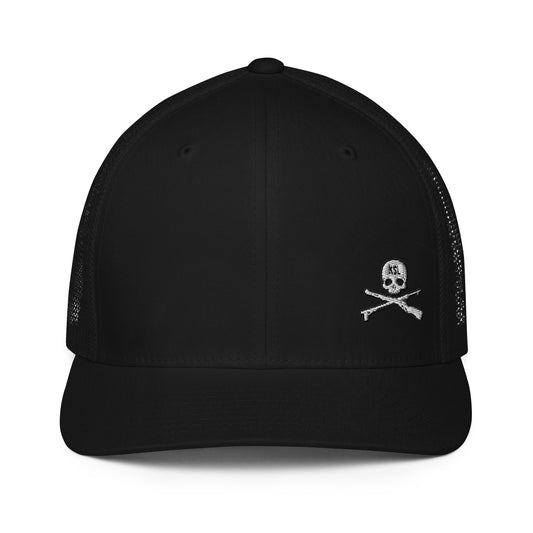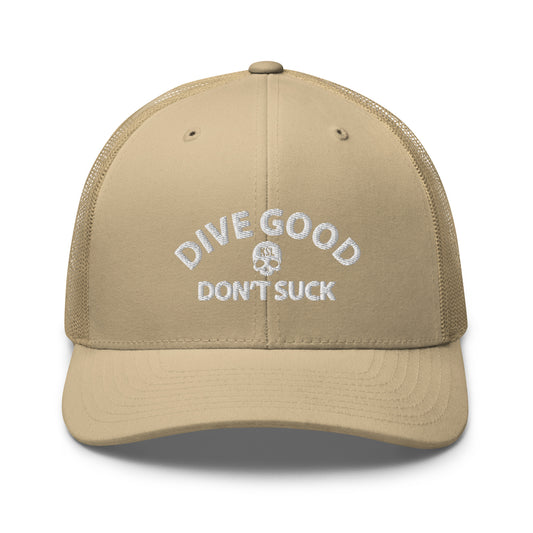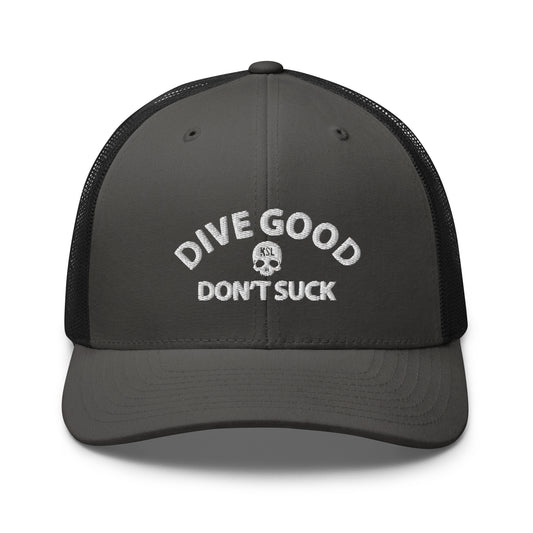What to Look for When Shopping for Hunting Boots
Share

Hunting demands a combination of skill, patience, and the right gear. Among the essential pieces of equipment, hunting boots play a crucial role in ensuring comfort, protection, and stealth in various terrains. When shopping for hunting boots, it's important to consider specific factors to meet the demands of your hunting environment and personal preferences. In this guide, we'll explore key features to look for when selecting the perfect pair of hunting boots.
1. Material and Durability: The material of hunting boots is a critical factor that affects both durability and performance. Opt for boots made from high-quality materials like full-grain leather, which offers excellent durability, water resistance, and protection against abrasions. Synthetic materials with waterproof membranes, such as Gore-Tex, also provide reliable protection against the elements.
2. Insulation: Consider the insulation level of the boots, especially if you plan to hunt in cold or wet conditions. Thinsulate insulation is a popular choice, providing warmth without adding excessive bulk. The appropriate insulation level depends on the climate of your hunting grounds and your personal comfort preferences.
3. Waterproofing: Hunting often involves navigating through wet and muddy terrains. Look for boots with effective waterproofing features to keep your feet dry. Boots with waterproof membranes, sealed seams, and water-resistant treatments will help repel moisture, ensuring comfort during prolonged periods in the field.
4. Traction and Sole Design: The outsole of hunting boots determines their grip on various surfaces. Opt for boots with a well-designed tread pattern for optimal traction on different terrains, from rocky mountainsides to muddy trails. Vibram soles are renowned for their durability and excellent grip, providing stability in challenging conditions.
5. Boot Height and Support: The height of the boots plays a role in ankle support and protection. Higher boots, such as those with an 8-inch or 10-inch height, provide increased ankle stability and protection against debris. Consider the type of hunting you'll be doing—whether stalking, still hunting, or sitting in a tree stand—and choose the height that suits your activities.
6. Fit and Comfort: A comfortable fit is paramount for an enjoyable hunting experience. Ensure that the boots provide ample support, especially in the arch and heel areas. Look for boots with features like padded collars, cushioned insoles, and moisture-wicking linings to enhance comfort during extended wear.
7. Weight: The weight of hunting boots can impact your agility and endurance in the field. Lighter boots are often preferred for more active types of hunting, such as stalking, while heavier boots may be suitable for stationary activities like stand hunting. Choose a weight that aligns with your hunting style and preferences.
8. Break-In Period: Keep in mind that many hunting boots require a break-in period to conform to the shape of your feet. Allow time to wear them in before embarking on an extended hunting trip to prevent discomfort and blisters.
Selecting the right hunting boots is an investment in both comfort and performance during your outdoor pursuits. By considering factors such as material, insulation, waterproofing, traction, boot height, fit, weight, and break-in period, you can make an informed decision that caters to your specific hunting needs. Remember that choosing the right pair of hunting boots is a personal decision, and finding the perfect balance between durability, functionality, and comfort will contribute to a more enjoyable and successful hunting experience.


